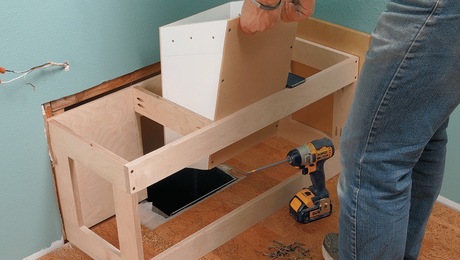What are materials being used today for shingles underlayment. Synthetic, felt? Does code, IBC still require underlayment? I’ve heard stories where some contractors are not using it.
Discussion Forum
Discussion Forum
Up Next
Video Shorts
Featured Story

Learn how to plan, fabricate, and install a chute to conveniently send your dirty clothes from an upstairs bathroom or hallway to your laundry room below.
Featured Video
Video: Build a Fireplace, Brick by BrickHighlights
"I have learned so much thanks to the searchable articles on the FHB website. I can confidently say that I expect to be a life-long subscriber." - M.K.

















Replies
Well I'm out of the current loop but no one's answered so here's my take.
The "no underlayment" movement died out decades ago.
Felt underlayment works even still and there are a million types of synthetics that look good. Could be they'll all be around in 50 years I don't know.
I really, really like the peel and stick underlayments but they are expensive.
I'll have to update and educate myself on this more. I still feel tar paper, felt is the way to go, oldschool.
I think it comes down to exposure. If your going to strip and lay the same day, tar paper is great. For prolonged exposure, I use titanium paper. Not all synthetics are made the same. We have several high end versions leak like crazy.
As long as your pitch isn't low, and other design features are correct tarpaper will work. The one advantage it has is decades of proven performance. I wonder if some of the new flashy synthetics might not prove out 30 years from now.
Code does require underlayment. Tarpaper is fine, but the last roof I did on one of my own projects (a good sized shed for my backhoe), I knew I wasn't going to get the roof done in a day, or even a weekend. If I papered it, it was sure to get wet and wrinkle, and that's a pain in the neck. Synthetic underlayment is good for a month on its own, and I went that route. It was a good choice. It's also tougher and harder to tear than tarpaper, so it's safer to walk on and less likely to blow off.